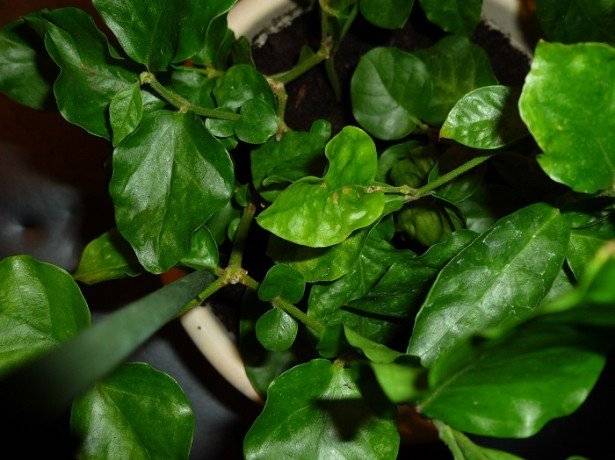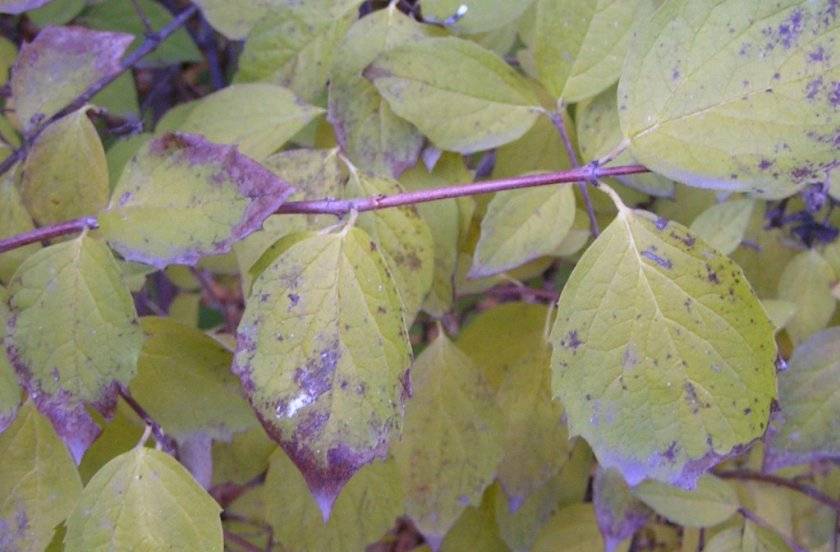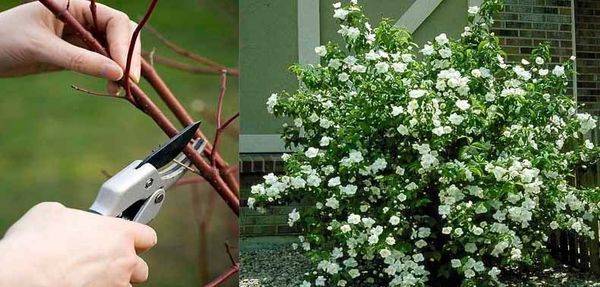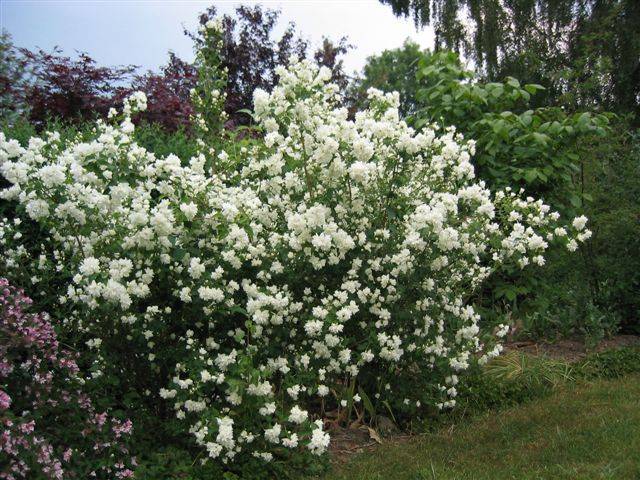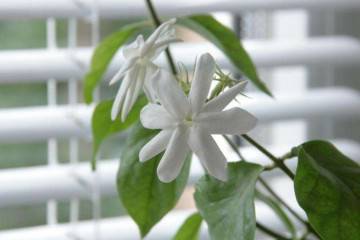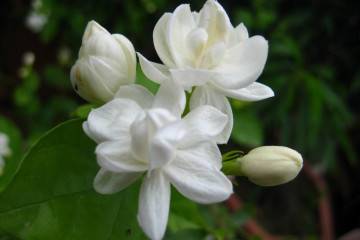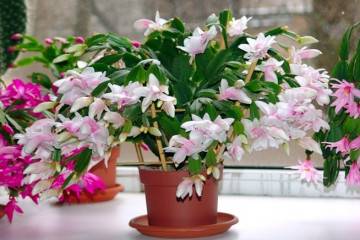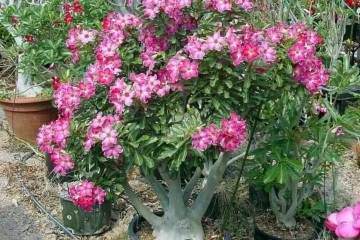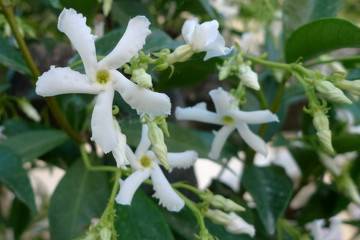Why garden or indoor jasmine does not bloom and what to do
Content:
Many gardeners wonder why jasmine, one of the most beautiful plants in the garden, does not bloom. There can be many reasons for this. In most cases, the factor that prevents the appearance of buds is improper care.
What year does jasmine bloom and how long does the flowering period last?
Before worrying about how the plant is feeling, you need to know what year the jasmine blooms after planting. Depending on the variety, you will have to wait from 2 to 4 years.
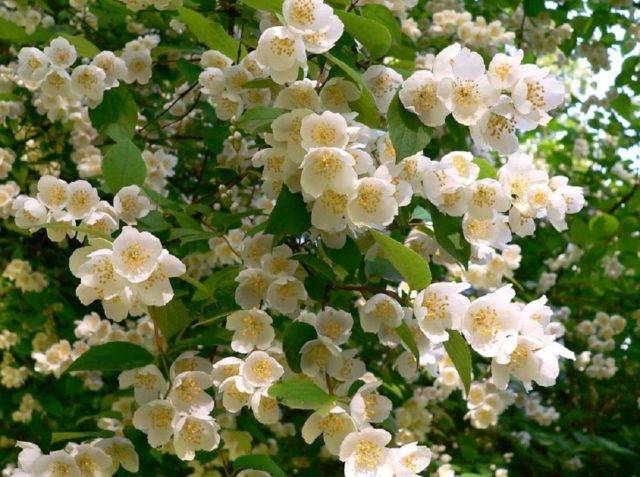
Jasmine is unpretentious in care, but to see the magnificence of its inflorescences, you will have to make some effort
Differences in flowering garden and indoor jasmine
The difference between the jasmine that grows in the garden and the one that is in the house in the pot lies in the timing of the release of the buds. The plant indoors in winter is dormant. The first buds appear around March-April and last until early autumn.
For most street varieties, the period of activity begins in June and lasts until the first night frost appears.
Reasons for the lack of flowering in garden and indoor jasmine
Knowing how many years the jasmine begins to bloom, some gardeners note that time passes, but the buds do not appear. In such a situation, you need to reconsider the care of the plant.
Moisture stagnation or lack of moisture
The plant loves moderate watering. Its excess leads to decay of the roots, which is why the bush gradually withers.
When placing a shrub on a site, you need to choose the right place for it. It is forbidden to place the plant in those places where underground waters pass close to the ground and in lowlands where water accumulates. Watering rules:
- regular and plentiful;
- it is forbidden to use cold and tap water;
- watering is carried out with filtered or purified, settled water;
- it is recommended to add a few drops of acetic or citric acid to the water to add acidification to the liquid;
- if the jasmine grows in a pot, the container should have drainage and holes in the bottom so that the rest of the water comes out.
Insufficiently acidic soil
Jasmine should only be planted in acidic soil. If the soil is alkaline, jasmine buds will never appear.
Diseases and pests
One of the factors why garden jasmine does not bloom is its damage by insect pests or diseases. Pests:
- Aphids are large, green, and settle on the tops.
- The weevil settles in the soil near the plant, feeds on the sap of the leaf plates.
- Spider mite - the leaves are dotted with numerous dots, the cobweb is visible.
Diseases are indicated by yellowed or twisted leaves, wilting of the entire bush, lack of growth, foliage falling.
Errors when applying top dressing
The plant stops producing buds if it receives a large amount of nitrogen fertilizers. They contribute to the active growth of shoots and leaves, which is why the bush does not have the strength to form inflorescences. Recommended feeding mixture:
- urea 15 g;
- superphosphate 30 g;
- potassium sulfate 15 g;
- water 10 l.
Fertilizers must be alternated using mineral and organic substances.
Inappropriate lighting
If indoor jasmine does not bloom, what to do? First of all, you need to check where the flowerpot is located. Despite the fact that this plant is photophilous, the lighting should be abundant, but diffused, without direct sunlight. From the sun, the leaves begin to burn and fall off.
Temperature changes
Low temperatures at night and high temperatures during the day have a detrimental effect on the plant. The easiest way to eliminate this factor is for jasmine, which grows indoors. The optimum temperature is from +18 to +22.
No clipping
If the shoots are not cut off in a timely manner, the bush will spend all its strength on their growth. Jasmine should be no more than 2 m long. At a height of 3 m or more, there will be no buds. Pruning should be regular, following a number of recommendations:
- Autumn - is carried out after all the buds have wilted. You need to cut off all dried inflorescences, bad and weak shoots. Places of cuts must be treated with a garden broth.
- Spring - until early April. Those shoots that have poorly endured the winter, old branches, leaves left over from last year are subject to removal.
- Rejuvenating - performed every 3 years. Old branches are completely cut off.
After pruning, the bush must be watered abundantly.
Plant age
Too young bush up to 3 years old will not bud. All his strength goes into growth and strengthening.
Other Potential Flowering Problems
In addition to the lack of buds, the gardener may face such a phenomenon as their too small size or their premature shedding.
Sprinkling buds
Jasmine can shed its buds prematurely due to the following factors:
- Draft or strong wind.
- Use for cold water irrigation.
- Untimely and incorrect transplantation, when the plant has already begun to release buds.
- Dry soil, lack of nutrients and minerals.
- Incorrectly selected fertilizer or its use in excessive quantities, due to which the roots begin to burn.
- Lack of lighting.
Jasmine can shed its buds due to the fact that the room is too hot, or it is exposed to direct sunlight.
Small flowers
The varieties of chubushnik with large inflorescences include:
- Mont Blanc;
- Pyramidal;
- Shneesturm;
- Zoya Kosmodemyanskaya;
- Virginal;
- Coronary.
Owners of jasmine with large inflorescences may face such a problem as insufficient bud size. This is due to improper care of the plant:
- frequent drying out of the earth;
- lack or inadequacy of pruning, because of which the plant puts all its strength into the growth of new shoots;
- insufficient feeds or their incorrect choice;
- unfavorable location of the plant in the country - the influence of a draft or strong wind, stagnant moisture.
The establishment of care will help to normalize the condition.If the plant is in a draft or is exposed to direct sunlight, a transplant will be required.
What to do if jasmine does not bloom on the site or at home
The absence of buds in a plant over 3 years old is a signal to the gardener that he is taking care of him incorrectly. To restore the state of jasmine, it is necessary to carry out a number of measures to eliminate negative factors:
- normalize watering - it should be frequent, but without transfusion;
- change, if necessary, location - you need diffused light, or partial shade;
- change fertilizers. If only nitrogen substances were introduced, it is necessary to use alternately mineral and organic feeds;
- normalize cropping. It should be regular, held in the fall and spring.
If the jasmine is on the street and all measures to resuscitate it were in vain, it must be transplanted. Perhaps it's all about the soil poor in nutrients and minerals.
How to care for jasmine after flowering
During the rest period, caring for jasmine includes:
- reduction of the frequency and amount of applied fertilizers using organic substances;
- decrease in watering, but without prolonged drying out of the soil;
- pruning;
- preparation for wintering.
Pruning at the end of the active period involves removing wilted buds and the worst, weakest shoots.
Most jasmine varieties are hardy. But in regions with severe frosts, it is necessary to build a shelter for the plant, covering it with spruce branches or agrofibre. In particular, young shoots up to 4 years old need shelter.
Jasmine is a beautiful plant, with a varied color of the most delicate petals, for which it is so loved. But it so happens that he cannot bloom and the reason for this is improper care. To normalize the condition of the plant, it is necessary to create comfortable conditions for it outdoors or in a pot.
